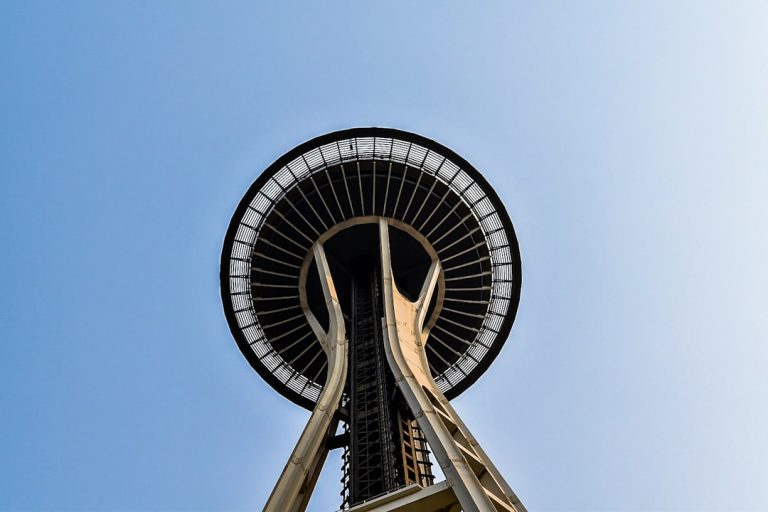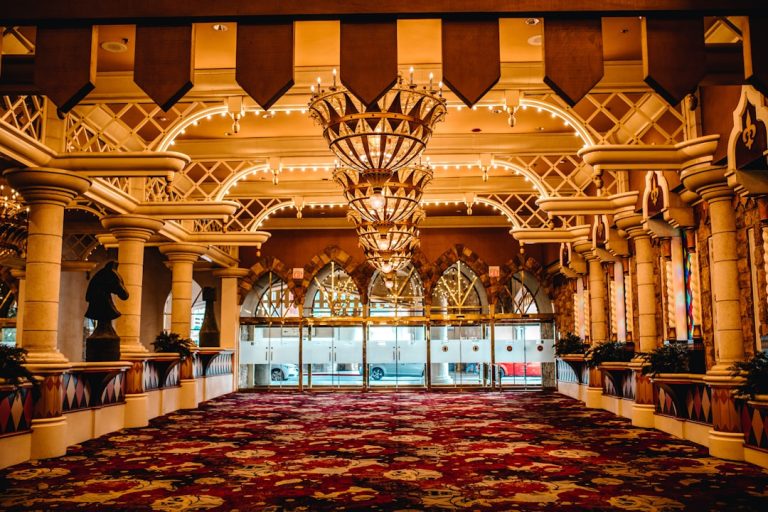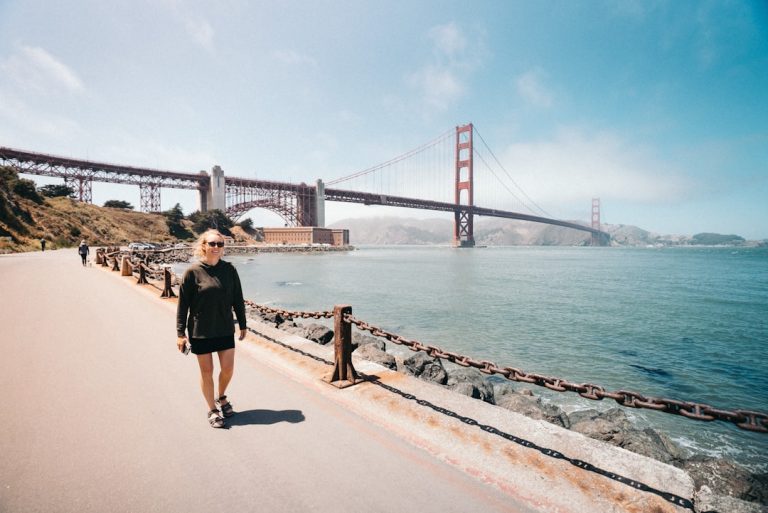
Miami, Florida, often referred to as the “Magic City,” is a vibrant metropolis known for its stunning beaches, rich cultural diversity, and dynamic nightlife. Nestled along the southeastern coast of the United States, Miami serves as a major hub for international trade and tourism, attracting millions of visitors each year. The city’s unique blend of Latin American and Caribbean influences is evident in its architecture, cuisine, and festivals, making it a melting pot of cultures.
With its warm climate, palm-lined streets, and an array of attractions, Miami has become synonymous with leisure and excitement. The city’s geographical location plays a significant role in its appeal. Bordered by the Atlantic Ocean to the east and the Everglades National Park to the west, Miami offers a unique juxtaposition of urban life and natural beauty.
The skyline is punctuated by modern skyscrapers, while just a short drive away, visitors can immerse themselves in the lush landscapes of the wetlands. This combination of urban sophistication and natural wonder makes Miami a destination that caters to a wide range of interests, from art enthusiasts to outdoor adventurers.
Key Takeaways
- Miami, Florida is a vibrant and diverse city known for its beautiful beaches, rich history, and lively culture.
- Must-see places in Miami include the iconic South Beach, the colorful Art Deco Historic District, and the bustling Little Havana neighborhood.
- Miami has a rich history and culture influenced by its Cuban, Haitian, and Caribbean communities, which can be explored through its museums, art galleries, and cultural events.
- Miami’s diverse neighborhoods offer unique experiences, from the trendy Wynwood Arts District to the historic Coconut Grove and the upscale Brickell area.
- Outdoor activities and natural attractions in Miami include the Everglades National Park, Biscayne National Park, and the beautiful Miami Beach Boardwalk.
Must-See Places and Sights in Miami
When visiting Miami, there are several iconic landmarks that should not be missed. One of the most famous is South Beach, renowned for its beautiful sandy shores and vibrant nightlife. The Art Deco Historic District, located in South Beach, features over 800 preserved buildings from the 1920s and 1930s, showcasing pastel-colored facades and unique architectural styles.
Walking along Ocean Drive, visitors can enjoy the lively atmosphere filled with outdoor cafes, street performers, and stunning ocean views. Another must-see attraction is the Vizcaya Museum and Gardens, a stunning Italian Renaissance-style villa that was once the winter residence of industrialist James Deering. The estate is surrounded by beautifully manicured gardens that overlook Biscayne Bay, providing a serene escape from the bustling city.
Inside, visitors can explore a vast collection of art and antiques that reflect the opulence of the early 20th century. The combination of art, history, and breathtaking scenery makes Vizcaya a highlight for anyone exploring Miami. In addition to these landmarks, the Pérez Art Museum Miami (PAMM) stands out as a cultural gem.
This contemporary art museum features an impressive collection of international art from the 20th and 21st centuries. Its striking architecture, designed by Herzog & de Meuron, complements the surrounding landscape and offers stunning views of Biscayne Bay. The museum not only showcases art but also serves as a community hub for educational programs and events that celebrate Miami’s diverse artistic heritage.
The History and Culture of Miami

Miami’s history is as colorful as its culture. Originally inhabited by the Tequesta tribe, the area saw European exploration in the 16th century. However, it wasn’t until the late 19th century that Miami began to develop as a city.
The arrival of Henry Flagler’s railroad in 1896 marked a turning point for Miami’s growth, transforming it into a popular destination for tourists and settlers alike. The city’s incorporation in 1896 laid the foundation for its rapid expansion in the following decades. Throughout the 20th century, Miami became a focal point for various waves of immigration, particularly from Cuba and other Latin American countries.
The Cuban Revolution in 1959 led to a significant influx of Cuban exiles, profoundly shaping Miami’s cultural landscape. Today, Little Havana stands as a testament to this influence, where visitors can experience authentic Cuban cuisine, music, and art. The Calle Ocho Festival, held annually in Little Havana, celebrates this rich heritage with vibrant parades and cultural performances. Miami’s cultural tapestry is further enriched by its diverse population.
The city is home to large communities of Haitians, Colombians, Venezuelans, and many others who have contributed to its unique identity. This multiculturalism is reflected in Miami’s culinary scene, where one can find everything from traditional Caribbean dishes to innovative fusion cuisine. Festivals celebrating various cultures are held throughout the year, showcasing music, dance, and art that highlight Miami’s global connections.
Exploring Miami’s Diverse Neighborhoods
| Neighborhood | Diversity Index | Median Household Income | Population |
|---|---|---|---|
| Little Havana | 0.78 | 31,000 | 59,000 |
| Little Haiti | 0.82 | 25,000 | 29,000 |
| Wynwood | 0.75 | 45,000 | 22,000 |
| Brickell | 0.87 | 80,000 | 31,000 |
Miami is a city of neighborhoods, each with its own distinct character and charm. Wynwood is one such area that has gained international recognition for its vibrant street art scene. Once an industrial district, Wynwood has transformed into an artistic hub filled with colorful murals created by both local and international artists.
The Wynwood Walls, an outdoor museum showcasing large-scale murals, attracts art lovers from around the world. Visitors can stroll through the streets while enjoying galleries, boutiques, and trendy cafes that contribute to the neighborhood’s creative atmosphere. Another notable neighborhood is Coconut Grove, known for its lush greenery and bohemian vibe.
As one of Miami’s oldest neighborhoods, Coconut Grove boasts charming streets lined with historic homes and tropical gardens. The area is home to several parks, including Peacock Park and Barnacle Historic State Park, which offer scenic views of Biscayne Bay. The annual Coconut Grove Arts Festival draws artists and visitors alike to celebrate creativity through visual arts, music, and culinary delights.
For those seeking a more upscale experience, Coral Gables offers a glimpse into Miami’s affluent side. Known for its Mediterranean Revival architecture and tree-lined boulevards, Coral Gables is home to luxury shops and fine dining establishments. The Venetian Pool, a historic public swimming pool created from a coral rock quarry in 1923, is a popular attraction that showcases the area’s unique charm.
Additionally, the Coral Gables Museum highlights the city’s history and architecture through engaging exhibits.
One of the most popular destinations is Biscayne National Park, which encompasses a vast expanse of coral reefs, mangroves, and islands. Visitors can explore the park through kayaking or snorkeling excursions that reveal an underwater world teeming with marine life.
The park’s diverse ecosystems make it an ideal spot for birdwatching as well; over 200 species of birds have been recorded in this area. For those who prefer land-based activities, the Everglades National Park offers an unparalleled experience in one of the world’s most unique ecosystems. Known for its vast wetlands and diverse wildlife—including alligators, manatees, and numerous bird species—the Everglades provide opportunities for hiking, biking, and airboat tours.
The Anhinga Trail is particularly popular among visitors for its accessibility and chances to see wildlife up close. Miami’s coastline also invites outdoor enthusiasts to partake in various water sports such as paddleboarding, jet skiing, and sailing. The warm waters of Biscayne Bay are perfect for both relaxation and adventure.
Beaches like Key Biscayne offer pristine sands along with picnic areas and nature trails that allow visitors to immerse themselves in Florida’s natural beauty while enjoying recreational activities.
Tips for Exploring Miami on a Budget

Exploring Miami doesn’t have to break the bank; there are plenty of ways to enjoy this vibrant city without spending a fortune. One effective strategy is to take advantage of free or low-cost attractions. Many museums offer free admission on certain days or discounted rates for students and seniors.
For instance, the Pérez Art Museum Miami has free admission on certain Thursdays each month. Public transportation is another budget-friendly option for getting around Miami. The Metrobus system provides extensive coverage throughout the city at an affordable price.
Additionally, the Metrorail offers convenient access to key areas such as Downtown Miami and Coral Gables. For those who prefer a more scenic route, biking along the Rickenbacker Causeway or through neighborhoods like Wynwood can be both enjoyable and economical. Dining on a budget is also achievable in Miami’s diverse culinary landscape.
Food trucks are prevalent throughout the city and offer delicious meals at reasonable prices. Areas like Wynwood and South Beach feature numerous food trucks serving everything from tacos to gourmet burgers. Additionally, local markets such as the Coconut Grove Farmers Market provide fresh produce and affordable eats while allowing visitors to experience local flavors.
By planning ahead and taking advantage of free events or discounts available throughout the city, visitors can enjoy all that Miami has to offer without overspending. Whether it’s exploring cultural festivals or enjoying outdoor activities in beautiful parks, there are countless ways to experience this dynamic city on a budget while still making lasting memories.
If you’re intrigued by the vibrant culture and scenic beauty of Miami, Florida, you might also enjoy exploring other exotic locations around the world. For instance, the Cocos (Keeling) Islands offer a unique blend of natural beauty and serene atmosphere, making it a perfect destination for those looking to escape the hustle and bustle of city life. Learn more about what this stunning location has to offer by visiting Cocos (Keeling) Islands: Facts and Places to Visit. This article provides insightful facts and essential travel tips that can help you plan a memorable visit to the islands.
FAQs
What are some interesting facts about Miami, Florida?
– Miami is the only major city in the United States founded by a woman (Julia Tuttle).
– It is the only city in the United States that is bordered by two national parks – Everglades National Park and Biscayne National Park.
– Miami has the largest concentration of international banks in the United States.
– The city is known as the “Cruise Capital of the World” with the Port of Miami being the busiest cruise port in the world.
What are some popular places to visit in Miami, Florida?
– South Beach: Known for its beautiful beaches, Art Deco architecture, and vibrant nightlife.
– Little Havana: A neighborhood known for its Cuban influence, with colorful murals, cigar shops, and authentic Cuban restaurants.
– Wynwood Walls: An outdoor museum showcasing large-scale murals by some of the world’s best-known street artists.
– Vizcaya Museum and Gardens: A stunning Italian Renaissance-style villa and gardens overlooking Biscayne Bay.
What are some things to see in Miami, Florida?
– Art Deco Historic District: A collection of 800+ Art Deco buildings in Miami Beach, known for its pastel colors and neon lights.
– Miami Design District: A hub for cutting-edge fashion, design, and art, with high-end shops, galleries, and public art installations.
– Bayside Marketplace: A waterfront shopping and entertainment complex with shops, restaurants, and live music.
– The Venetian Pool: A historic public swimming pool in Coral Gables, known for its beautiful Mediterranean-style architecture.






